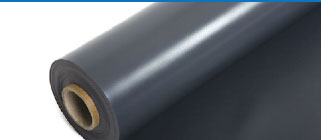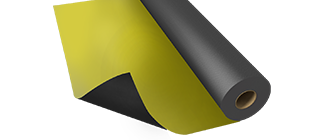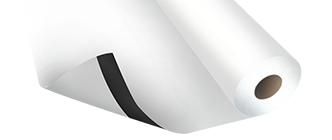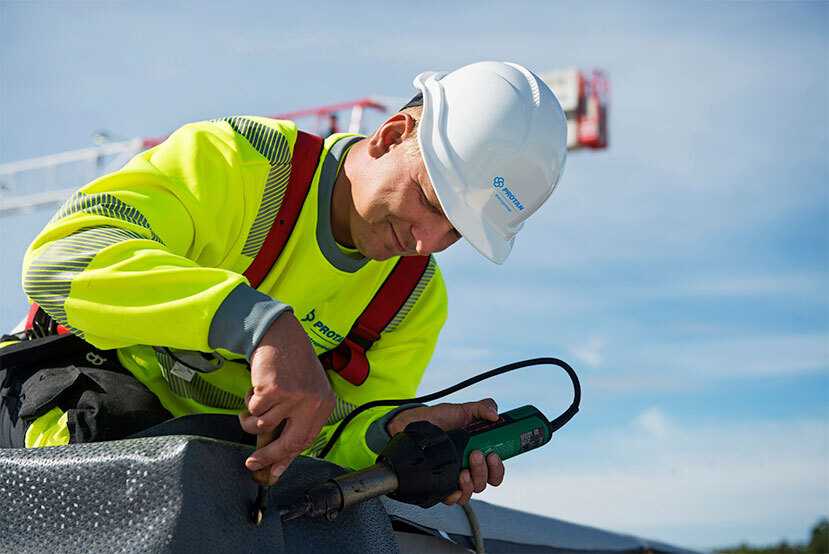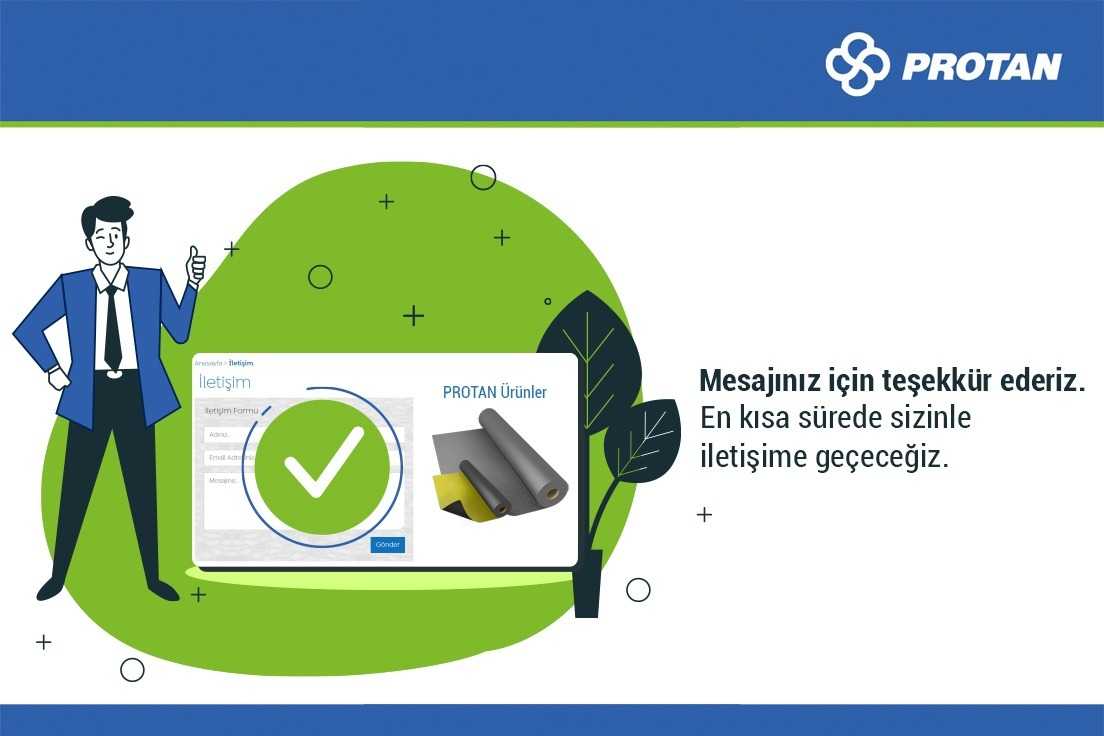What is Foundation Insulation?
In order to protect the foundation of the building from external factors that have the risk of adversely affecting the entire building, all applications for the preservation of the building are called basic insulation.
What Does Foundation Insulation Do?
With basic insulation applications, buildings are made protected against water damage, thus ensuring that they are more durable and longer lasting. In addition, basic insulation applications have an important role in preventing serious loss of life and property that may be caused by an earthquake. A more comfortable and healthy environment can be obtained by preventing conditions such as mold and moisture formation that adversely affect health.
In order to remove the underground parts of the buildings from the effects of water and humidity and to protect the main carrier construction, insulation work should be done on the foundations. Unlike other types of insulation, foundation insulation can be explained as the possibility of repairing or correcting an incorrect application. For this reason, foundation isolation applications must be planned very meticulously and acted with precision in application.
Why is Foundation Insulation Preferred?
The foundation refers to the wall and floor areas of the building that are in contact with the soil, and the most important point of the foundation insulation is considered to be the waterproofing surrounding the building from the outside. With the external insulation of the foundation, possible heat losses can be minimized. With the applications of foundation insulation, the life of the building can be extended, the structure is protected from chemicals and the people who will use the building are prevented from being exposed to negative effects. Incorrect or incomplete insulation applications may cause problems that will lead to costly solutions in the future. No matter how solid the building is, it can be damaged over time for certain reasons. Water leaks, which are one of the most common problems in buildings, can cause extremely bad odors, bad looks and humidity.
What are the Basic Insulation Materials?
Among the basic insulation materials; polymer bitumen covers, plastic - rubber-based synthetic covers and spreading-based waterproofing materials are available.
Protan BA and Protan BAT PVC covers; It can be used in the foundation bundling and waterproofing details of all types of structures. They are non-UV resistant, carrier-free homogeneous or signal-layered PVC-based waterproofing membranes.
How to Use Basic Insulation Materials?
Waterproofing applications in foundations are carried out for three reasons. These can be defined as ground water, non-pressurized water and pressurized water insulation.
In order to fully waterproof the parts of the buildings that are under the ground, both the sitting area and the side surfaces must be completely insulated. External and internal bundling methods can be used to carry out this process. The healthiest method to be used to insulate the foundations against water is considered to be external bundling. In this method; The waterproofing consisting of two layers of polyester felt carrier membrane to be made on lean concrete is continued in such a way that it rises above the soil level on the side curtains. In this way, the foundation is fully protected. If waterproofing is not planned at the project stage, the building can be protected against water by applying the internal bundling method later on. However; Within the scope of internal bundling application, there is no insulation in reinforced concrete, which is known as the carrier parts of the building. With this application, only the water resistance of the interior can be ensured.
In a well-planned drainage system application; In the building, water can be prevented from entering the building with a membrane to be applied on the curtain wall. However, in all kinds of underground applications, it is necessary to protect the membrane insulation material against aggregate impacts by using another auxiliary product.
Drainage applications using foundation insulation materials around the foundation can only be effective in reducing the pressure of groundwater. The preparation of concrete using waterproofing additives does not provide a complete waterproofing either. Water entering the reinforced concrete from uninsulated surfaces also causes corrosion in the steel reinforcement and has consequences that may shorten the life of the structure. Polymer-bitumen modified basic insulation materials and waterproofing application made by external bundling method can eliminate all these negative situations that may occur.
In the bundling method; The building foundation is wrapped all around using a membrane layer. In this method, the insulation layer is prepared beforehand; the foundation is placed inside the bundle in question. First, the solid ground on which the bituminous membrane layer will be laid is prepared. This floor is a lean concrete layer with a smooth surface, and a 3-4 mm thick polyester felt carrier membrane is adhered to at least two layers on the layer. In bundling applications, it is not necessary to apply a primer under the membrane. Membranes that are superimposed on each other by 10 cm transversely and 15 cm longitudinally are adhered. In the first layer, it is sufficient to stick the membranes together only at the joints. In order for the floor insulation layer to be combined with the curtain insulation, approximately 1 meter of excess should be left on the edges. In the basic bundling system; bituminous, PVC and other suitable membranes are laid on the floor as necessary. In the bundling method, the protection of the insulation layer, the correct overlapping of the joints of the waterproofing membrane, and the full and solid welding of the welded ones are among the issues to be considered.
Protecting a building from the foundation to the roof ensures that the entire building is protected as well as the foundation. With the bundling method, the foundation and basement of the building are protected against moisture and water. After digging the foundation pit, the excavation is removed and 10-15 cm of spindle sand is poured on it. The crushed sand is covered with waterproofing membranes. The iron is connected by leaving a gap of 2.5 cm on it and finally the foundation concrete is poured.
Hydraulic waterproofing system; It is applied by laying a plastic pipe in the size of the curtain concrete from the junction of the foundation concrete and the curtain concrete. Thus; It is ensured that materials such as mud remaining between the concretes are isolated. Thanks to the hydraulic waterproofing, the foundation accumulates on the concrete and the water paths that may occur between the non-concrete curtain and the foundation are closed.
The workmanship applied is as important as the basic insulation materials used during the basic insulation applications. Foundation isolation applied by people who do not have sufficient experience and expertise in foundation isolation may cause more harm than good.

